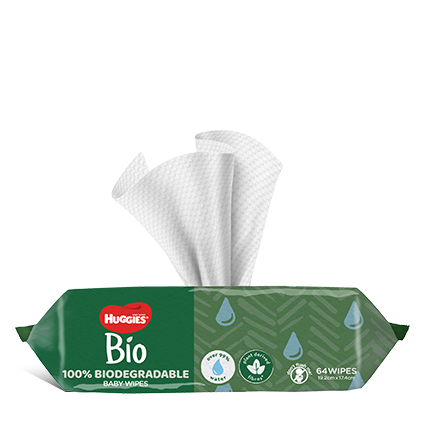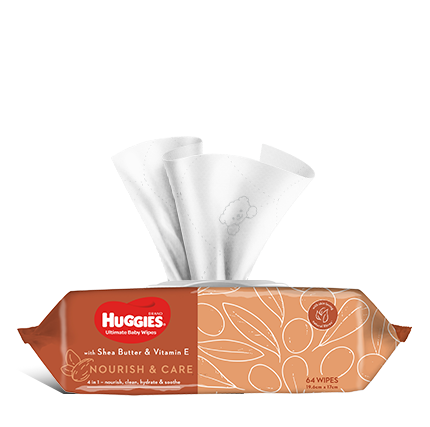Of course most of us know the many health benefits of eating yoghurt (including the friendly bacteria and calcium they contain), but do you know the difference between real yoghurt and the others ? The only ones that provide any real health benefits are the live yoghurts, the others just taste good, sometimes too good when it comes to children!
What is yoghurt?
WHO define yoghurt as the coagulated milk product obtained by lactic acid fermentation through the action of Lactobacillus Bulgaricus and Streptococcus Thermophilus from milk and milk products.
In plain English real ‘live’ yoghurt is milk or milk products that are fermented by the true yoghurt cultures also called probiotics or friendly bacteria – and the cultures are still active at the time of consumption.
When is yoghurt not yoghurt?
Oh sorry to say for those who love it – when it is a sweet tasting dairy dessert. Some yoghurts are in fact no more than desserts, they are commonly made from cow's milk, thickened and with added sugars, fruit and other ingredients, and while you do still get calcium and some other nutrients often the benefits are not as great.
Sadly, even some of those containing friendly-bacteria are little more than the same thing, just with some bacteria added at some point in the process. It is common for manufacturers to add cultures to their products – rather than make it from live cultures – to encourage consumers to purchase their product. In some products the bacteria don t live long enough to see the inside of your mouth.
Health Benefits
Real yogurts not only contain probiotics (such as lactobacillus acidophilus), but they are started from them (rather than having them added at the end). They are considered to have a great many health benefits. Below are listed the beneficial properties of probiotics – not necessarily in order of importance.
- Prevention of intestinal infections – Probiotic bacteria may prevent nasty pathogens including Staphylococcus, Salmonella and Clostridia from taking hold in the intestinal canal.
- Prevention of cancer – Animal studies have shown that probiotic bacteria may prevent tumors.
- Improvement in lactose digestion – Real yoghurts are low in lactose. Probiotic bacteria make substances that can breakdown the lactose in the yoghurt, making them a low-lactose product for people with lactose intolerance.
- Reduce side effects of antibiotics – We are all aware of the increasing issues regarding broad spectrum antibiotics as well as how they destroy our “healthy” intestinal microflora. Probiotic bacteria can put back the good bacteria after antibiotics or even after a tummy upset.
- Infant diarrhoea and rotovirus prevention and assistance – Probiotics (especially Bd.bifidum and S.thermophilus) may be useful remedies for diarrhoea and rotovirus in infants.
- Treatment of eczema and other allergies – Probiotics are now being shown to improve allergy responses in children especially those who suffer from eczema.
- Softening of stools in formula fed infants – Probiotics are commonly added to infant formulas with the added benefit of softening stools.
- Improvement of the immune system – Probiotic bacteria may help the immune system by increasing the number of cells that kill off unwanted compounds in the body.
What to look out for when buying a yoghurt
Marketing can sometimes be hard to digest so your best guide is to look at the label for information or even going to manufacturers web site and checking out the production methods.
Once you begin to compare labels you will see that there can be great differences between yoghurts in terms of:
- Their number of ingredients
- Where ingredients are on the panel (indicating their relative quantity), i.e. sugar, is it in the top three?
- The binders and other additives and flavourings etc.
It is misleading to promote yoghurt as having the health promoting properties mentioned above unless it contains a minimum level of viable probiotic bacteria still present at the expiry date. While yoghurts are required to contain a minimum of 1million live bacteria per gram, ideally, the live bacteria should remain viable right until the use by date or best before date. Of course this is hard to assess, though there have been some studies conducted on a variety of products which tend to suggest that the naturally fermented products that use bacteria as a starting point tend to have more stable probiotics than thickened products that have probiotics added at the end of production. And, just to make things extra tricky, certain strains appear to be required at higher concentrations than others in order to exert a positive effect.
It is a long journey for the bacteria, having to last the trip from the manufacturing plant to the stores, not to mention to your mouth.
You can find yoghurts that contain these levels until expiry date, and keep in mind that freshly made yoghurt can hold this level for up to as much as two weeks in the refrigerator.
Some general guidelines when shopping for yoghurt may include:
- Opt for plain yoghurts first, especially for children to avoid them getting hooked on the sweeter foods.
- Select cultured/fermented yoghurts, most quality yoghurt producers will ensure they make it known somewhere on their product that it is a real yoghurt. Those that don t make mention need more research done on them before purchase.
- Generally, those with more variety of strains of friendly-bacteria provide a broader range of benefits.
- Children under two should eat whole-fat products.
Check that the yoghurt doesn t have added sugar (by reading the ingredients panel and keep an eye out for the hidden sugars e.g. sucrose, glucose, lactose, fructose, sorbitol, mannitol, corn syrup, honey, malt, malt extract, maltose, rice extract, molasses, golden syrup and invert sugar).
Low fat yoghurts
Remember that low fat products are not suitable for children under two years.
What about baby yoghurts?
Again, check the labels! You will find that the same rules apply to yoghurts marketed for infants and children. Read the labels carefully even products to little ones can leave a little to be desired!
Why not make your own?
Its fun for the kids to get involved which in turn helps with fussy eating and of course you become the quality controller! There are lots of recipes online for making your own yoghurt and explaining how to find a culture.
For more information see Kid’s nutrition or Baby Care
This fact sheet may be reproduced in whole or in part for education and non-profit purposes with acknowledgement of the source. It may not be reproduced for commercial use or sale.
The information presented is not intended to replace medical advice.
Food and Lifestyle Coaching Courses!
PO Box 313 Manly NSW 1655 AUSTRALIA | [email protected] | www.cadencehealth.com.au
Last Published* May, 2024
*Please note that the published date may not be the same as the date that the content was created and that information above may have changed since.




















